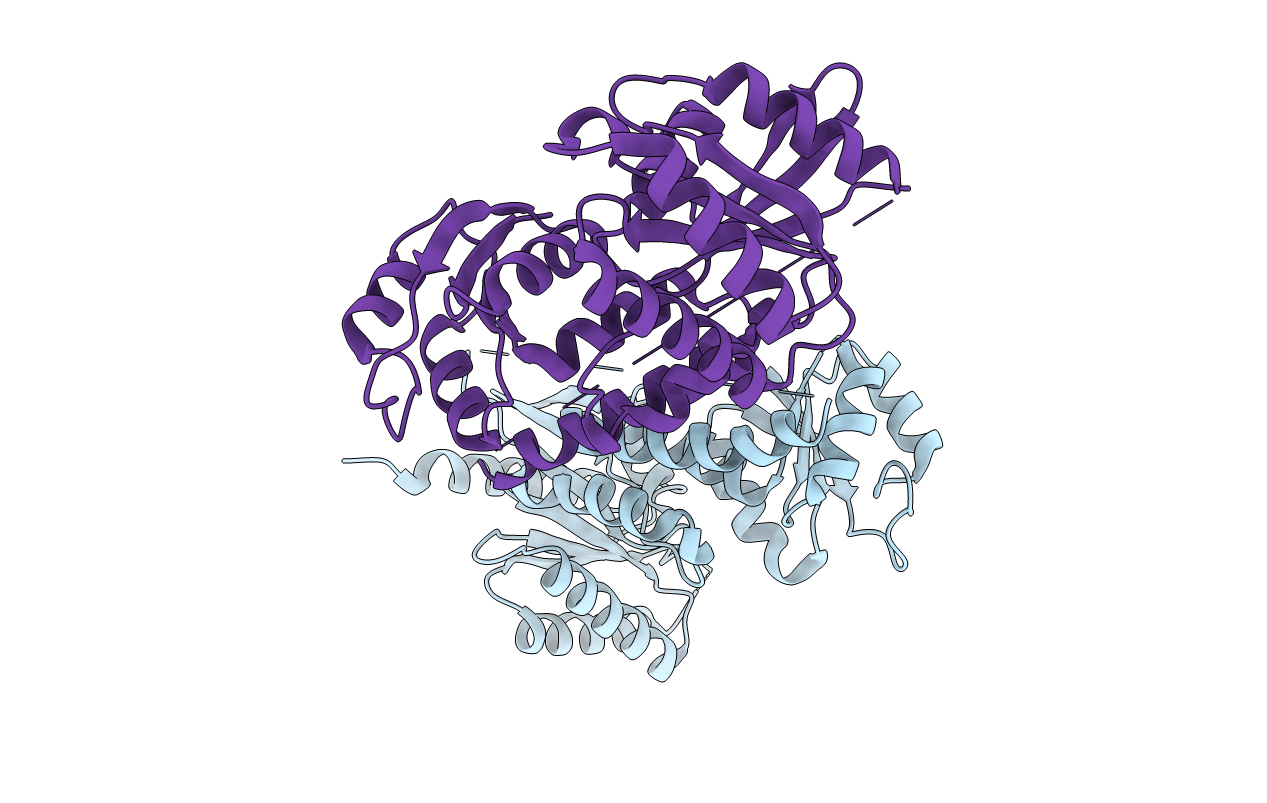
Deposition Date
2009-12-03
Release Date
2010-05-26
Last Version Date
2023-11-01
Entry Detail
PDB ID:
3KXK
Keywords:
Title:
Crystal structure of SsGBP mutation variant G235P
Biological Source:
Source Organism:
Sulfolobus solfataricus (Taxon ID: 2287)
Host Organism:
Method Details:
Experimental Method:
Resolution:
2.35 Å
R-Value Free:
0.26
R-Value Work:
0.24
R-Value Observed:
0.24
Space Group:
P 1 21 1


